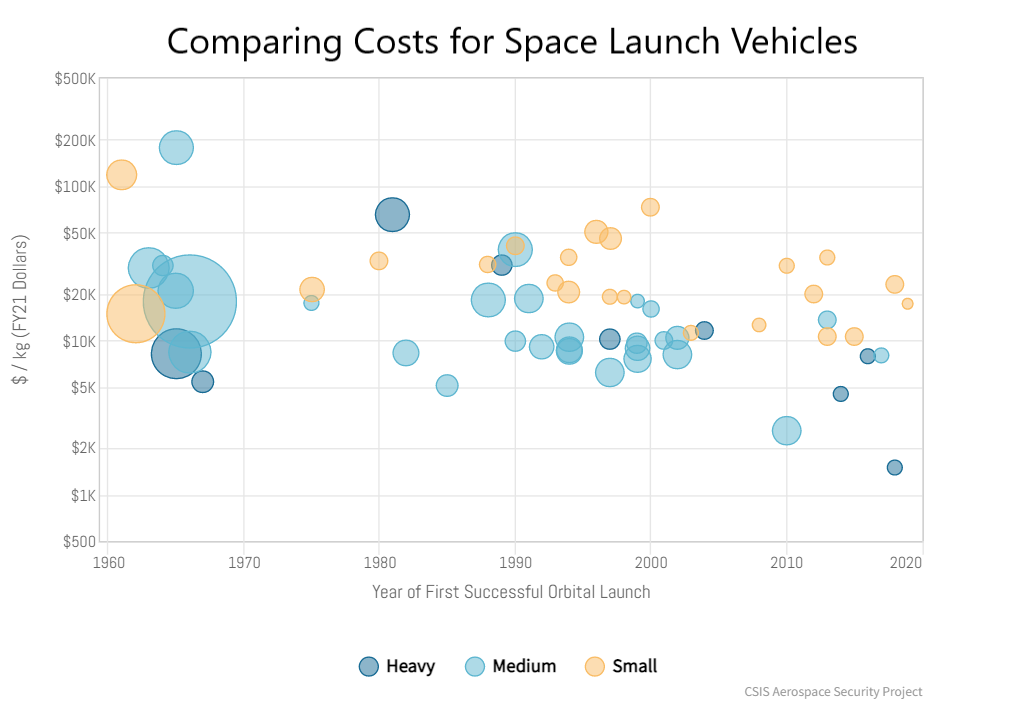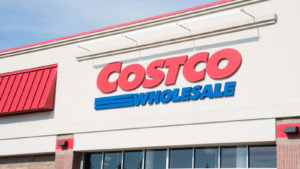Though many investors may be reeling from the wild events of 2022, patient market participants can use this time to target compelling opportunities among retirement stocks to own this year. Fundamentally, the geopolitical crisis in Eastern Europe sparked a ripple effect across the world. Naturally, this terrible circumstance will impact the global economy, necessitating strategic accommodation.
As well, world leaders must still manage the aftershocks of the coronavirus pandemic. For instance, at first, the Federal Reserve injected the U.S. monetary system with liquidity. However, 2022 became the year that this extra liquidity was spent aggressively – as judged by the increase in money velocity. Not surprisingly, the subsequent inflationary crisis imposed dramatic changes for everyone.
Given the myriad disruptions, investors need to think carefully about their future. In that respect, below are the retirement stocks to own in 2023.
| SRE | Sempra Energy | $157.99 |
| CVX | Chevron | $180.90 |
| NEE | NextEra Energy | $81.82 |
| SCCO | Southern Copper | $75.05 |
| CAG | Conagra Brands | $37.98 |
| KO | Coca-Cola | $60.08 |
| IBM | IBM. | $141.20 |
Sempra Energy (SRE)

For many pundits of the state of California which Sempra Energy (NYSE:SRE) calls home, the inclusion of SRE on this list of retirement stocks to own may appear ironic. While the sting of inflation caused Californians to leave the Golden State – many to other countries – it’s also inflation that makes Sempra Energy relevant. Because public utilities enjoy inelastic demand, people will find a way to pay up.
No, it’s not a nice narrative. And I acknowledge that few people have joyous opinions about Sempra. However, here’s the harsh reality of the matter. California represents the economic engine of the U.S. Not only that, at the current run rate, the Golden State stands poised to become the world’s fourth-largest economy. So, people will find a way to pay.
For investors, not only do they enjoy the decent market performance (up 15.5% in the trailing year), the company offers a forward yield of 2.94%. Therefore, it’s worth consideration for retirement stocks to own this year.
Chevron (CVX)

As much as go-green advocates would like to see hydrocarbon energy specialists become extinct, current trends seem to suggest that they’ll be relevant for decades (not just years) to come. For those seeking retirement stocks to own, Chevron (NYSE:CVX) offers both pertinence and long-term confidence. What’s more, geopolitical conflicts only embolden the case for CVX stock.
For one thing, Chevron gained over 39% of equity value in the trailing year, well above many other enterprises. Undoubtedly, much of this upside stemmed from inflation. But it’s also fair to point out that geopolitical blackmailing effectively sparked major concerns about energy supply chains. Yes, over time, this may help integrate green solutions. But societies need solutions now, which augurs well for CVX.
Currently, Wall Street analysts peg Chevron as a consensus moderate buy. As well, hedge fund interest remains strong despite opposition rhetoric. Finally, the oil giant offers a forward yield of 3.17%, making it an attractive name among retirement stocks to own.
NextEra Energy (NEE)

Although the immediacy of the aforementioned geopolitical conflict gave hydrocarbon energy firms a leg up, it doesn’t mean that green renewable sources will die an ignominious death. Rather, because of demographic dynamics such as rising global populations and immigration, the U.S. will need all available power sources. Therefore, NextEra Energy (NYSE:NEE) deserves consideration for retirement stocks to own.
One of the biggest investors in infrastructures that promote goals for net-zero emissions, NEE makes for an ideal retirement narrative. While a perfectly green and sustainable future might be beyond many of our lifetimes, the political winds suggest that companies like NextEra will continue to gain support over the next several decades.
Moreover, NextEra enjoys many of the features of popular retirement stocks to own such as passive income. Though its forward yield of 2.06% isn’t the most generous, its payout ratio is only modestly high at 50.19%. Therefore, stakeholders can depend on it.
Southern Copper (SCCO)

A mining firm, Southern Copper (NYSE:SCCO), in addition to specializing in its namesake commodity also produces molybdenum, silver, and zinc. While the mining segment usually makes for poor retirement stocks to own due to their volatility, an exception might be made for Southern Copper. With the technologies of tomorrow highly dependent on core commodities, SCCO enjoys long-term relevance.
In particular, its main copper business may skyrocket in demand over the next several years. The metal is a vital component of electric vehicle production, integrated into electric motors, batteries, and wiring, among others. Further, automakers use copper for combustion-powered cars as well (though not to the same magnitude as EVs). Therefore, no matter what the economy throws at Southern Copper, it should respond well.
To be fair, SCCO does carry risks, with analysts rating shares a consensus hold. Still, over the long run, rising relevancies should make the underlying enterprise attractive. Moreover, SCCO features a forward yield of 2.63%, providing passive income while stakeholders wait for the narrative to pan out.
Conagra Brands (CAG)

An American consumer packaged goods holding company, Conagra Brands (NYSE:CAG) enjoys its status as one of the retirement stocks to own due to underlying indispensable needs. While it’s difficult to predict what innovations may materialize in the future, one thing’s for certain: everyone needs to eat. Therefore, the target industry alone makes CAG worth a look.
Interestingly, against the trailing year, CAG wasn’t performing that well. However, in recent months, the issuing firm managed to spark positive momentum. On the fundamental front, Conagra recently topped quarterly profit and revenue expectations. In addition, the company raised its annual forecasts, encouraging stakeholders to ride a possible sustained bullish resurgence.
Currently, Conagra enjoys a moderate buy consensus view among covering analysts. As well, the company offers a decent dividend, with a forward yield of 3.45%. Further, the payout ratio is only modestly high at 46.84%. Overall, CAG makes for a solid contribution among retirement stocks to own.
Coca-Cola (KO)

With millennials’ food and beverage consumption habits leaning toward the healthier end of the spectrum, soft drink giant Coca-Cola (NYSE:KO) appears rather irrelevant. After all, your standard Coca-Cola beverage represents everything that millennials supposedly hate: processed, sugary, and generally bad for your health (if consumed too frequently). And plus, it’s a big, corporate brand – one of few that symbolizes American capitalism.
Still, the company – as maligned as it might appear to certain young consumers – commands much respect among Wall Street analysts. Currently, KO shares enjoy a consensus strong buy view. It would have been unanimous had it not been for one literal holdout with a hold assessment. Still, with an average price target that implies over 12% upside from here, it’s not a bad gig.
Another factor to consider for KO as one of the retirement stocks to buy is the underlying dividend. Featuring a forward yield of 2.95%, it’s conspicuously higher than the consumer staple sector’s average yield of 1.89%. Moreover, Coca-Cola commands 61 years of consecutive annual dividend increases, a status it won’t give up on easily.
IBM (IBM)

While the tech sector typically offers growth opportunities, it also offers intriguing ideas for retirement stocks to own. A relatively underappreciated pick in this fast-evolving arena is IBM (NYSE:IBM). Historically, IBM dominated the industry when hardware ruled the tech ecosystem. But with greater attention paid to software and cloud-based architectures, “Big Blue” found itself lagging.
After many growing pains, IBM looks like a dependable you can trust for a long-term investment. For instance, while so many other tech players suffered steep losses in 2022, IBM managed to gain over 7% in the trailing year. Further, the company features a slow-and-steady approach to its business. Since Q4 2020, the company at minimum met its target for earnings per share.
Finally, for those who seek decent passive income tied to dependable businesses, IBM offers an intriguing opportunity. Right now, it carries a forward yield of 4.69%, well above the tech sector’s average yield of 1.37%. Also, the company commands 29 years of consecutive annual dividend increases. Again, it’s a status management that won’t want to give up on too cheaply.
On the date of publication, Josh Enomoto did not have (either directly or indirectly) any positions in the securities mentioned in this article. The opinions expressed in this article are those of the writer, subject to the InvestorPlace.com Publishing Guidelines.



